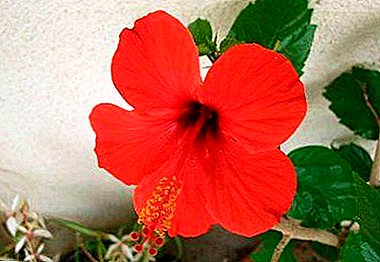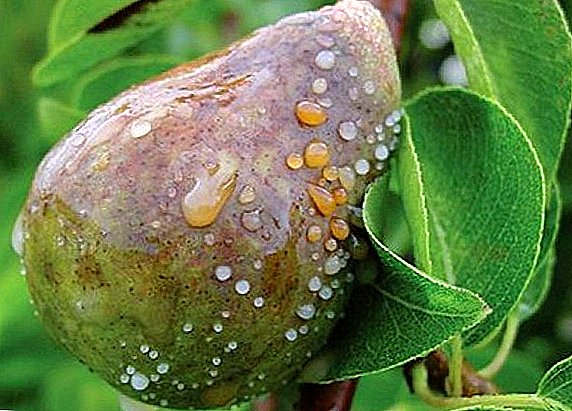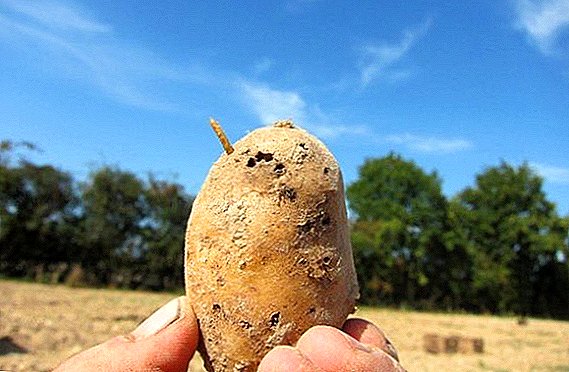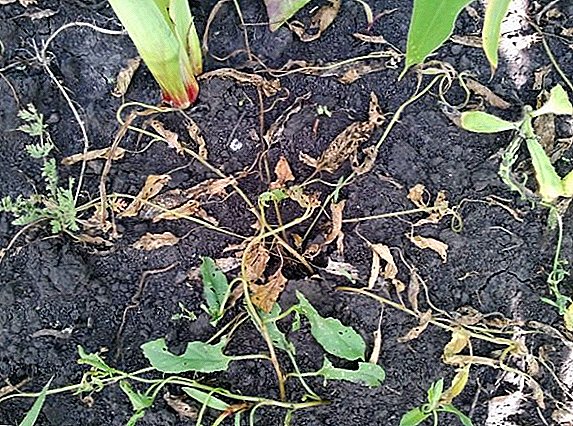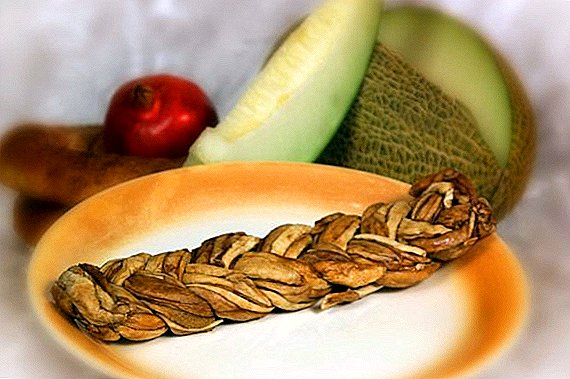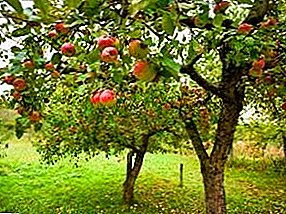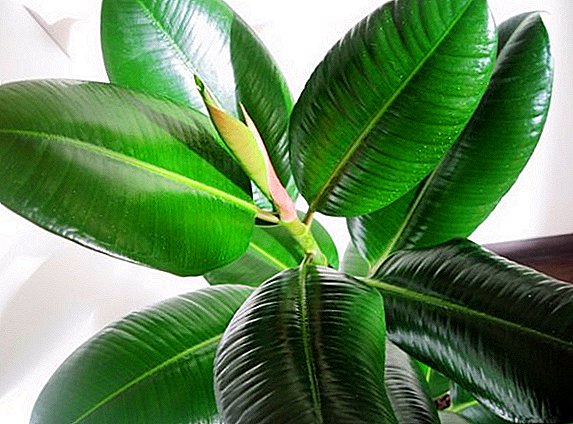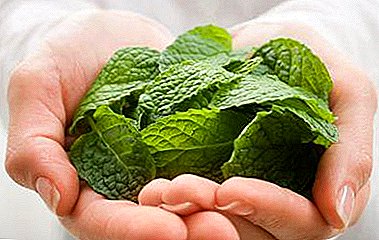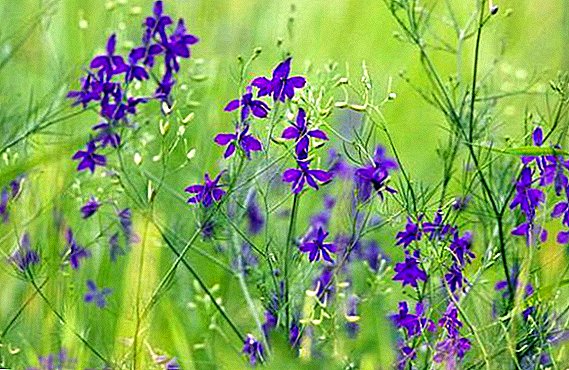 Very often, buying medicines with plants in the composition, we do not even suspect that many herbs with proven medical benefits grow just under our feet, are found on summer cottages and are considered to be ordinary weeds. Take a look at the photo - for sure you have repeatedly seen this flower. He has many names - field honeysuckle, juicy, delphinium, sowing bed, bunny ears, ox tongue. It is about him, his healing properties and their application in medicine, let's talk in this article.
Very often, buying medicines with plants in the composition, we do not even suspect that many herbs with proven medical benefits grow just under our feet, are found on summer cottages and are considered to be ordinary weeds. Take a look at the photo - for sure you have repeatedly seen this flower. He has many names - field honeysuckle, juicy, delphinium, sowing bed, bunny ears, ox tongue. It is about him, his healing properties and their application in medicine, let's talk in this article.
Botanical description and photo
Field larkspur (Latin Delphinium consolida) is an annual herb, representative of the genus Honeysuckle and buttercup families. It is a field weed.
It dwells throughout the Eurasian continent, in particular, in a significant part of the countries of the former Soviet Union - in Russia (in Western Siberia, Altai), in Ukraine, in the Caucasus, in Asia Minor. Prefers wet meadows, marshlands, river banks. Settled along the roads in the forest.
The grass is used in traditional medicine, ornamental horticulture. It is a honey plant, but the honey from it is not suitable for consumption. Also used as an insecticide. Infusion of petals can be used as a blue dye for natural fabrics.
The Buttercup family also includes: black cohosh, hellebore, prince, aquilegia, bathing suit, anemone, lumbago and basil.

Stems and leaves
The stem of the plant reaches from 25 to 70 cm in height. He is upright, well branched. May be bare or slightly pubescent with short, adjacent hairs.
Larkspur leaves alternate, dissected several times, covered with white hairs over the entire surface. In length reach 3-4 cm. Radical leaves grow on petioles, upper - without petioles, sessile.
Flowers and fruits
Blooming from larkspur comes in early summer. Ends in the last summer month. Flowers appear irregularly shaped and have 1.5-2 cm in diameter. They are combined in rare brushes. Have a thin straight spur.
Can be painted in purple, pink, white colors. After flowering, fruits are formed in the form of single undigested leaflets with a length of 1-1.5 cm, which contain dark, egg-shaped seeds. 
Important! All larkspur organs contain alkaloids that are poisonous to humans. Their greatest number is contained in the seeds. Therefore, it is necessary to handle them with extreme caution.
Main species of larkspur
Larkspur field is one of the three main, most common species of the same genus. This list also contains high and reticulate species.
High
The stem of this species reaches up to 4 m. It has alternate long-petiolate, rounded, five-semidividual leaves, 3-7 cm long and 16 cm wide. The flowers are of different shades of blue with spurs. The plant bears fruit in August-September. Area of distribution - forests, ravines, river banks, mountains in the north and east of Europe, in Siberia, Transbaikalia, Central Asia. 
Did you know? The beneficial properties of larkspur were discovered in ancient times. Thus, the ancient Greek philosopher Theophrast in one of his works cited a recipe for how to get rid of lice with a plant. The ancient Roman writer Pliny the Elder described a method for preparing herbal antiparasitic agent. And in the herbalist botanist and Dr. John Gerard from England, the delphinium seed extract was advised to be used against scorpion bites.
Reticulate
It has stems up to 1 m in height. The leaves of this larkspurus are about 5-10 cm long and 6-13 cm wide. They are finger dissected. The flowers are blue-purple with a perianth in the form of a corolla and a long, elongated spur. The plant is common in the Southern Urals, in Siberia, Kazakhstan, and in the mountainous regions of Altai. 
The composition and active ingredients of field larkspur
In the composition of the aerial parts of the grass there are such substances:
- flavonoids (quartzetine, isorhamnetin, kaempferol);
- alkaloids (calcatripine, delminim, millictin);
- glycacalcoloid delphinidin;
- acotinic acid;
- organic acids;
Micro and macro elements:
- Co (cobalt);
- Mg (magnesium);
- Zn (zinc);
- Ni (nickel);
- Ch (chromium);
- Se (selenium);
- Ba (barium);
- Pb (lead);
- Fe (iron).

The flowers contain the glycoside dolphin, alkaloids, acotinic acid, pigments. In the seeds - fatty oil, alkaloids. The active ingredients of the medicinal herb are anthocyanin glycosides and flavonoids.
Collection and preparation of medicinal raw materials
In order to prepare a high-quality and effective drug based on larkspur, it is necessary to properly prepare the raw materials.
When and where to collect larkspur
Larkspur need to pluck away from highways, landfills, industrial enterprises. The leaves, the tops of the stems and flowers break off during the flowering period - from June to August. Seeds - in the phase of wax maturity. The grass is first tied up in sheaves, dried, and then subjected to threshing.
Procurement rules
Drying is carried out under a canopy in the fresh air away from sunlight.  It can also be used for drying balconies, loggias, tying grass tufts in a vertical position or laying it in a single layer on a horizontal surface. When drying in a horizontal position, the plant should be periodically mixed.
It can also be used for drying balconies, loggias, tying grass tufts in a vertical position or laying it in a single layer on a horizontal surface. When drying in a horizontal position, the plant should be periodically mixed.
You can also dry the grass in a special dryer or oven at 40 degrees. The flowers are removed before drying the stem. Store dry product should be in paper or cloth bags. Its shelf life is up to 2 years.
Useful properties of larkspur
Larkspurts have many useful properties for the human body:
- anti-inflammatory;
- diuretic;
Juniper, pumpkin, red clover, turmeric, avran, red onion, iglitsa, fennel, Phrygian cornflower, birch, lingonberry leaves, agave are used as a diuretic.
- expectorant;
- insecticidal;
- antihelminthic;
- hemostatic;
- pain killer;
- wound healing.

Features of application of larkspur in medicine
In the last decades of the XIX century, scientists found that grass contains alkaloid substances, whose action is similar to the action of curare-like alkaloids. Therefore, it began to be used to relax muscles, relieve cramps, ease muscle tone, eliminate pain.
Folk healers and today use flowers, leaves and grass seeds for making decoctions and tinctures against jaundice, gynecological diseases, diseases of the urinary tract, gastrointestinal tract, eyes, pneumonia, etc.
In folk medicine, is often used and such poisonous plants like hemlock, toadflax, daphne, buttercups, root, dodder, crocus, globe flower, the burning bush, comfrey, Corydalis hollow, spurge, common cocklebur, cow parsnip, Sambucus racemosa, bedstraw soft, belladonna, crow eye.

In modern
Salts of alkaloids that fit in the plants of the genus larkspur, are extracted for the production of medicines such as:
- "Meltiktin" - drug in tablets acting on the peripheral nervous system, motor nerves, as a muscle relaxant. It is prescribed with increased muscle tone, brain diseases;
- "Condelfin" - herbal medicine that has a therapeutic effect on increased skeletal muscle tone, central nervous system diseases, movement disorders, Parkinson's disease, multiple sclerosis, traumatic paralysis;
- "Delsemin" - a solution used during surgery to turn off breathing and relax muscles.
In folk
Traditional healers recommend several recipes for medicinal decoctions and infusions. For an infusion of aboveground organs, it will be necessary to combine 1 large spoonful of chopped raw materials from 0.6 l of boiling water, close the container with a lid and insist for an hour.
Before applying the infusion must pass through several layers of gauze. The recommended dosage is a quarter cup 3 times daily before meals. The infusion of flowers made from a large spoonful of chopped raw materials, which add 2 cups of boiling water.  Capacity close lid. Leave to infuse for 15 minutes. Flower infusion is applied externally, wetting and applying lotions, with eye diseases (conjunctivitis, blepharitis). The broth is boiled from 1 dessert spoon of dried raw materials, which is poured into 0.5 liters of hot boiled water.
Capacity close lid. Leave to infuse for 15 minutes. Flower infusion is applied externally, wetting and applying lotions, with eye diseases (conjunctivitis, blepharitis). The broth is boiled from 1 dessert spoon of dried raw materials, which is poured into 0.5 liters of hot boiled water.
Then kept in a water bath for 5-7 minutes. Cool for 15 minutes and pass through several layers of gauze. Drink one small spoon 1-3 times daily before meals. Decoction prescribed for pneumonia, for the removal of bile, with diseases of the urinary tract, the digestive system.
To remove bile from the body, plants such as celandine, fragrant pantra, whitehead, St. John's wort, oxalis and mountain arnica are also used.
They also prepare tea from the larkspur — they brew a small spoon of grass with several cups of boiling water and then leave for 8 hours in a sealed container for infusion (preferably in a thermos). Drink 0.5 cups up to 4 times per day.
An ointment is prepared from the seeds - they are mixed with interior fat in a ratio of one to 10 and insisted for 10 days. Applied externally to the treatment of rashes on the skin and lice. 
special instructions
Once again we want to emphasize that the larkspur contains highly toxic substances that can harm human health. It is enough to pay attention to the seriousness of the diseases for the treatment of which they are used in traditional medicine.
Therefore, in order to avoid undesirable consequences, it is necessary to consult with a physician and adhere to the prescribed dosage.
Possible harm and overdose
When taking herbal remedies with an azure in the composition above the indicated dosage, serious poisoning is possible, accompanied by a collaptoid state, respiratory depression, cardiac activity, convulsions.
Important! In alkaloid poisoning, the first thing to do is flush the stomach, take a laxative and an adsorbent, a cardiotonic agent. In severe cases, airway should be ensured and artificial respiration should be performed.

Contraindications
Funds based on larkspawn is contraindicated to use:
- pregnant women;
- children;
- lactating mothers;
- with reduced muscle tone;
- with a tendency to reduced pressure;
- with myasthenia gravis.
Now you know that the larkspur grass has many valuable properties and contains poisonous, but at the same time healing substances used in traditional and folk treatment systems. Because all parts of the plant are a threat. for human health, it is necessary to handle them with extreme caution.
Before using for the purpose of treatment, you should definitely consult a doctor and strictly follow the doses indicated in the prescription. 
Did you know? The first plant of the genus larkspur, whose composition was studied by chemists to determine the cause of its virulence, was larksparti pharmacy. At the beginning of the 19th century, the alkaloid dolphin was isolated by French scientists Brandeis and Lassonier. It inhibits the central nervous system, causes redness of the skin, may be the cause of paralysis of the cardiac muscles.Neglect of these tips is fraught with deterioration and undesirable consequences in the form of severe poisoning.



